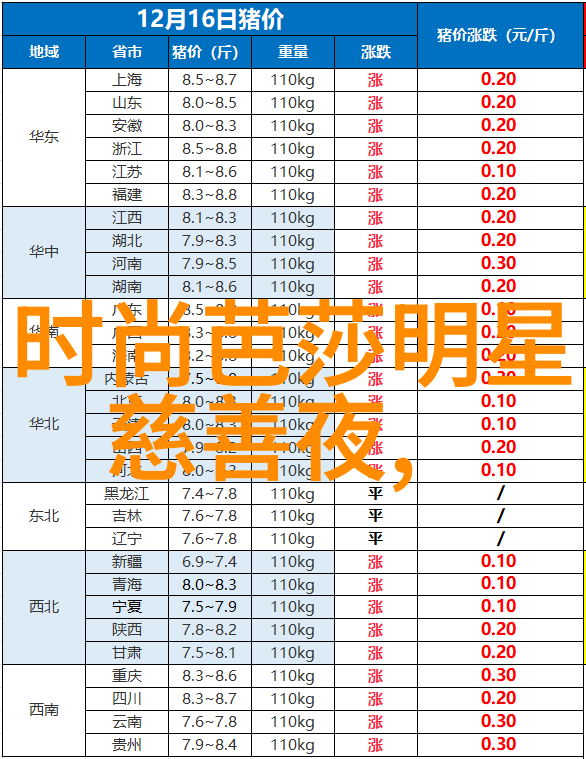Introduction

The luxury goods industry is a highly competitive and exclusive market, characterized by high-end products and services that cater to the needs of affluent consumers worldwide. Richemont, a Swiss multinational company, has established itself as one of the leading players in this industry through its diverse portfolio of luxury brands.
Richemont's History and Background

Founded in 1988 by South African entrepreneur Johann Rupert, Richemont is headquartered in Geneva, Switzerland. The company operates under two main segments: Specialist Watchmakers and Jewellery Maisons. Its portfolio includes some of the world's most renowned luxury brands such as Cartier, IWC Schaffhausen, Jaeger-LeCoultre, Montblanc, Piaget Vacheron Constantin among others.
Competitive Advantage

Richemont's success can be attributed to several factors that give it a competitive edge over other companies operating within the same space:
Diversified Portfolio: By acquiring multiple luxury brands across various categories like watchmaking (Specialist Watchmakers) and jewelry & leather goods (Jewellery Maisons), Richemont has created a robust foundation for growth with limited dependence on any single brand or category.

Global Reach: With operations spanning across five continents including Asia Pacific region where there is an increasing demand for high end products due to growing wealth inequality between rich and poor regions.
Strong Brand Portfolio: The Group owns iconic watchmaking companies like Vacheron Constantin which offers intricate craftsmanship reflecting their history dating back more than 260 years while also offering modern designs appealing to new generation customers.

Investment In Innovation And Technology: Constantly investing into R&D helps these businesses stay ahead of competitors while keeping up with evolving consumer preferences.
Market Positioning
In terms of market positioning,
Richemont focuses on creating unique experiences for its customers,
through exceptional product quality,
innovative design,
and superior craftsmanship.
Financial Performance
6.Conclusion




